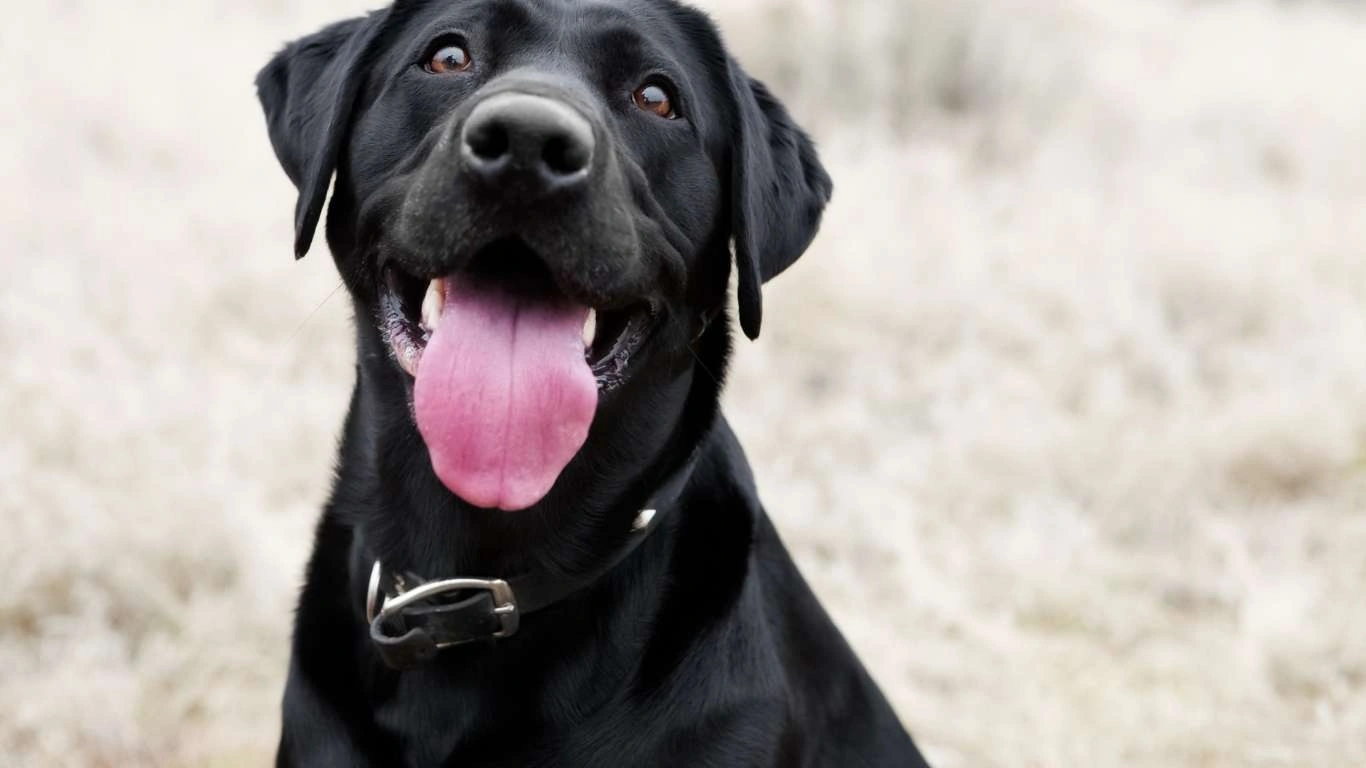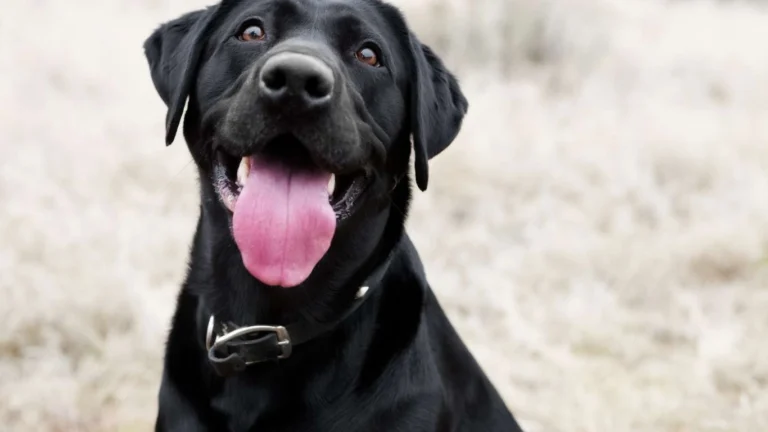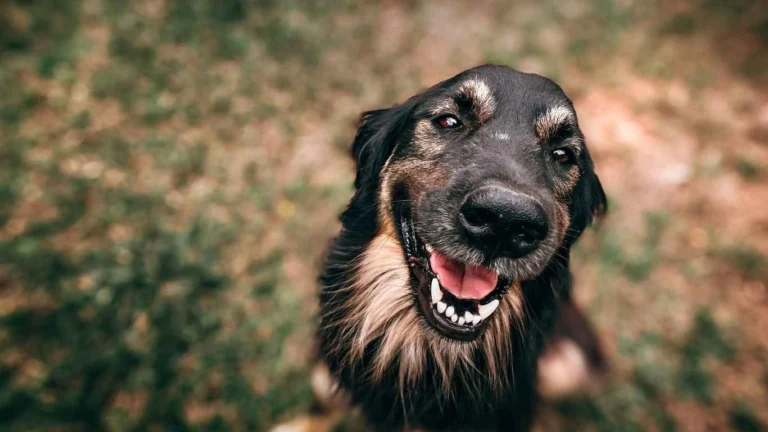Top-Rated Foods That Stop Tartar Buildup in Dogs Fast
If you’re like most dog parents I see every day at the clinic, you’re probably doing your best to keep your pup happy and healthy—but dental care? That often slips under the radar. The truth is, one of the easiest and most overlooked ways to support your dog’s dental health is by paying attention to what’s in their food bowl. The best foods to prevent tartar buildup in dogs can go a long way in saving you (and your pup) from future vet bills and uncomfortable cleanings. I’ve seen way too many sweet dogs come in with sore gums, foul breath, and in serious need of dental intervention—all because their diet didn’t have their teeth in mind. Let’s dive into what works and what to avoid, all from someone who’s been in the trenches of pet care for years.
Why Tartar Buildup Is More Than Just a Cosmetic Issue
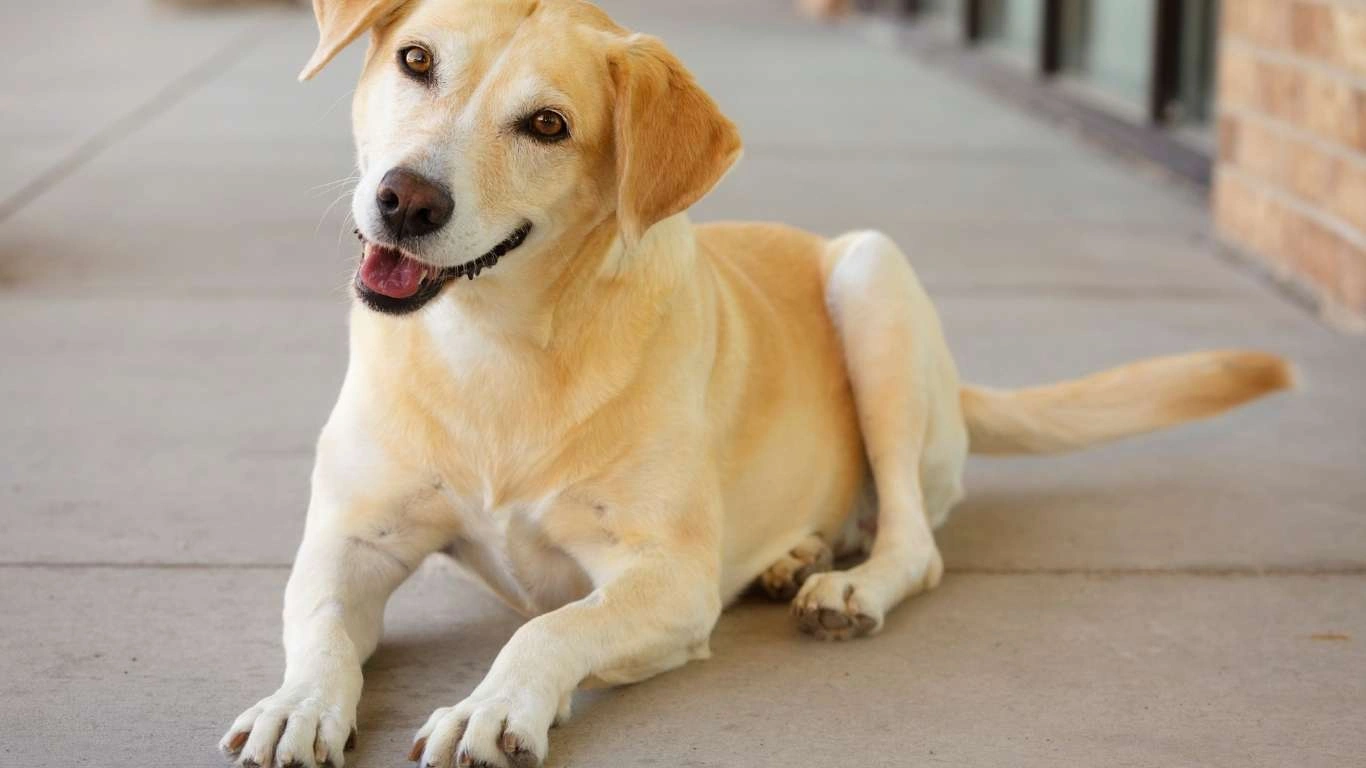
Tartar isn’t just that yellow-brown gunk you see on your dog’s teeth—it’s a sign of something deeper. Once plaque hardens into tartar, it creates a playground for bacteria. That bacteria doesn’t just stick to the teeth; it seeps into the gums and can eventually enter the bloodstream. As an Animal Care Specialist, I’ve seen dental neglect lead to heart, liver, and kidney issues. It’s wild how something that starts in the mouth can affect the whole body.
That’s why prevention is so important. While daily brushing is ideal (I know, easier said than done!), switching to tartar-fighting foods can be a game changer. I’ve seen dogs make huge dental improvements just from a simple change in diet. And trust me—dogs are much more into crunchy snacks than toothbrushes.
What Makes a Food Good for Dental Health?
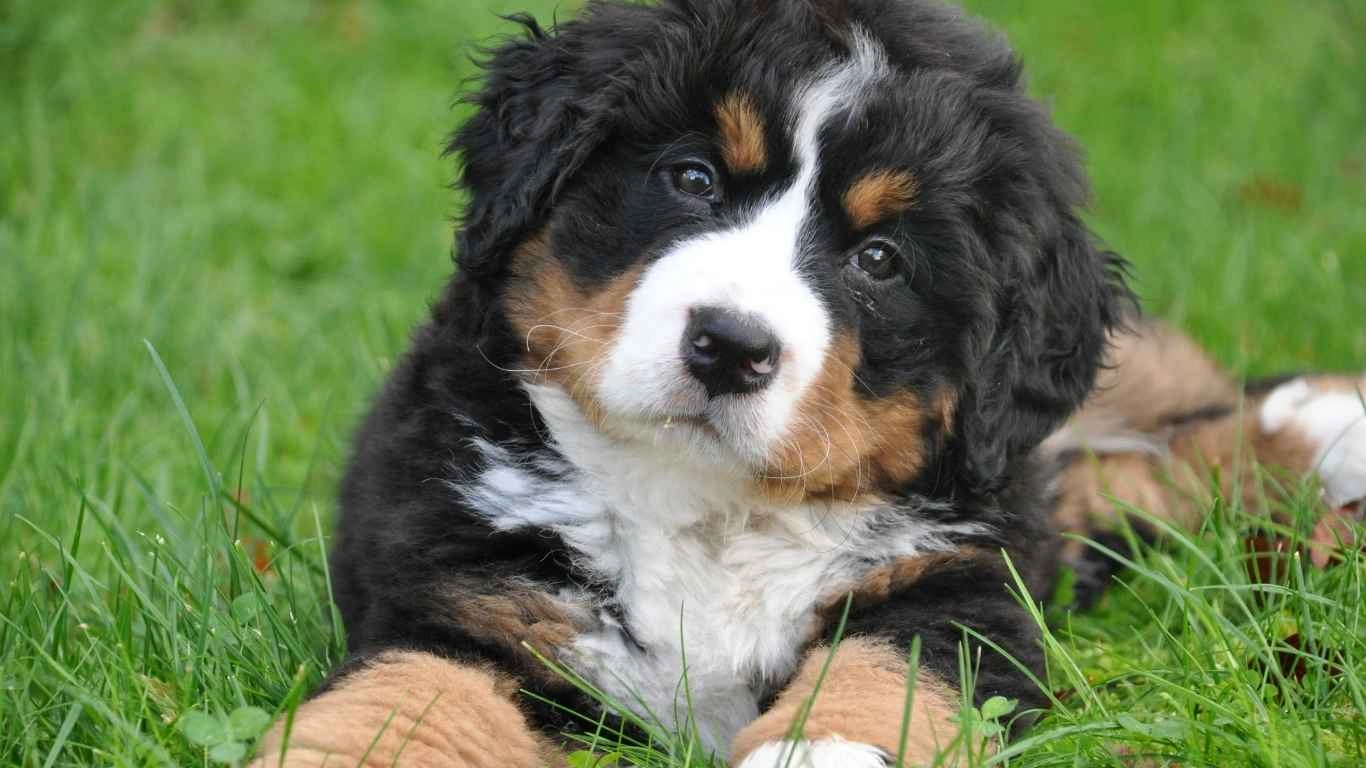
Now, not all dog foods are created equal when it comes to dental health. You want options that do more than just fill their bellies. Here’s what to look for when hunting down the best foods to prevent tartar buildup in dogs:
1. Crunch Factor
Dry kibble is often better than soft or canned food when it comes to dental health. The crunch helps scrape off plaque as your dog chews. Some brands even design their kibble shape to clean teeth more effectively. It’s kind of like a toothbrush in every bite. I’ve noticed dogs on high-quality kibble almost always have cleaner teeth than those on soft food alone.
2. Dental-Specific Formulas
Some dog food brands go the extra mile and create veterinary-approved dental diets. These contain ingredients designed to reduce plaque and slow down tartar formation. They’re not just marketing fluff—they really work. I’ve recommended these foods dozens of times and watched dogs go from needing extractions to just needing a quick polish at their next dental check.
3. Ingredients That Fight Bacteria
Look for foods with added enzymes, antioxidants, or even things like green tea extract. These help reduce bacterial growth in the mouth. It’s like giving your dog an army to fight plaque at the microscopic level. Bonus: it usually freshens their breath, too (which, let’s be honest, we all appreciate!).
Top Ingredients to Look For in Tartar-Fighting Foods
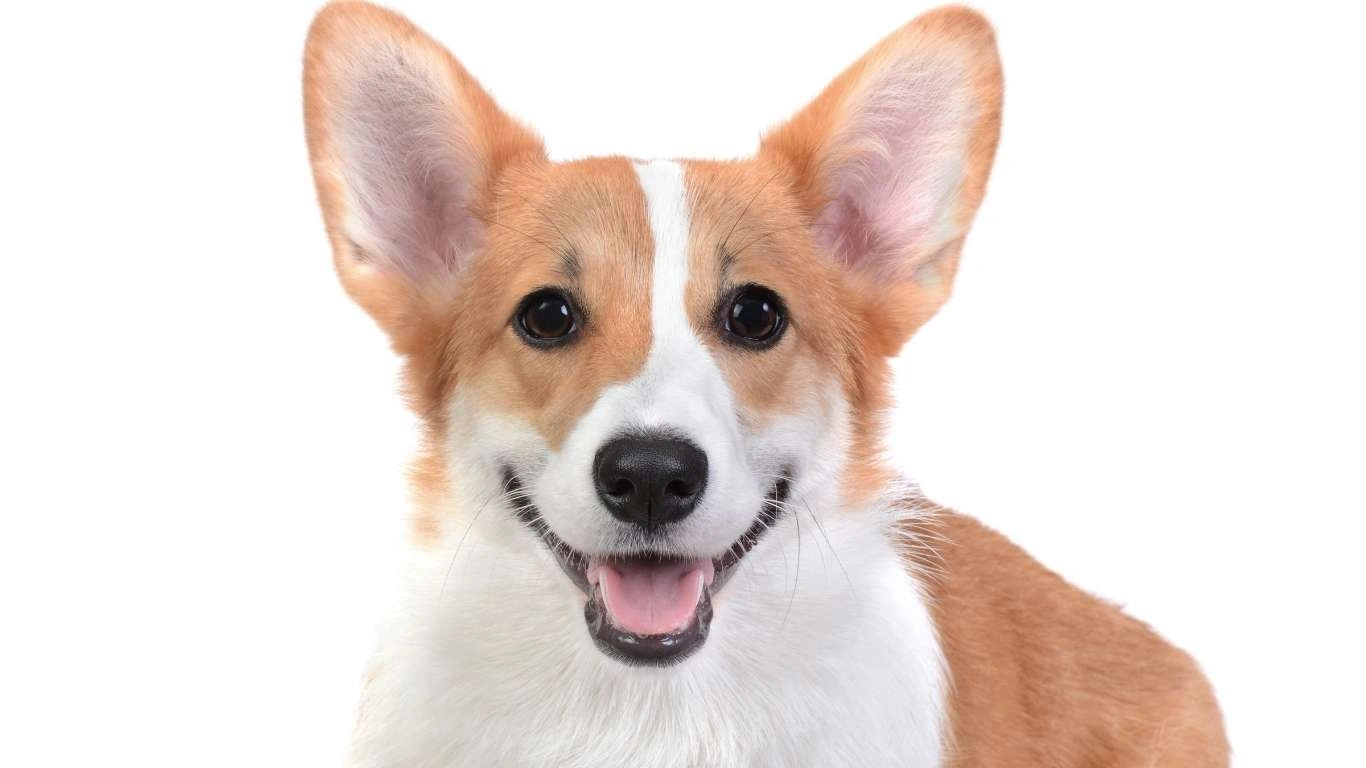
- Calcium Phosphates: Helps prevent plaque from mineralizing into tartar.
- Zinc: A natural antibacterial that supports gum health.
- Vitamin C: Boosts immunity and helps reduce inflammation in the gums.
- Fiber-Rich Veggies: Crunchy carrots and sweet potatoes not only aid digestion but also help scrub teeth naturally.
- Green Tea Extract: Naturally reduces bacteria and freshens breath.
I’ve worked with pups of all sizes—from tiny Chihuahuas to chunky Labs—and I can tell you, these ingredients matter. I remember a senior beagle named Daisy who came in with terrible tartar and bleeding gums. Her owners switched her to a dental-support kibble with green tea extract and within a few months, her gums looked pink and healthy again. She even had that goofy beagle grin back. All from changing her food!
How to Choose the Best Foods to Prevent Tartar Buildup in Dogs
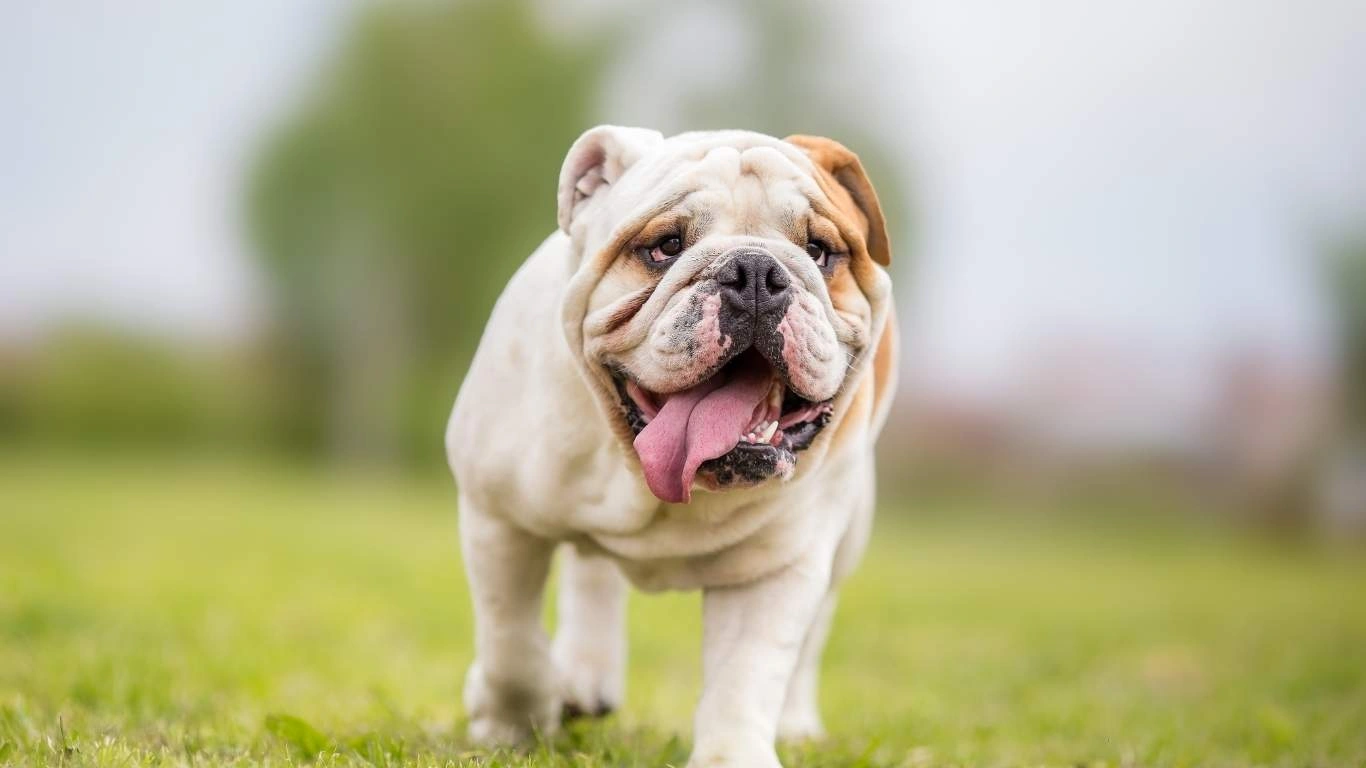
So, now that we’ve covered why tartar is such a big deal and which ingredients to watch for, let’s talk about how to actually *choose* the right food. This part can feel overwhelming, especially with shelves packed full of “premium” brands all promising perfect teeth and fresh breath. Here’s what I personally tell pet parents at the clinic when they’re standing in the food aisle looking lost.
1. Check the VOHC Seal
This is a biggie. The Veterinary Oral Health Council (VOHC) tests and approves products that actually do what they claim. If a food or treat has the VOHC seal, it’s passed legit standards for reducing plaque or tartar. When I recommend products at the shelter or clinic, I always check for that seal first—it cuts through the marketing noise.
2. Don’t Rely on Food Alone
I wish food could do it all, but it’s just one piece of the puzzle. I always tell people to treat dental-friendly kibble like a good foundation—not a replacement for brushing or dental chews. Still, I’ve seen dogs avoid extractions simply because they were switched to a more tartar-conscious diet early on.
3. Go for Quality Over Gimmicks
If you’re seeing neon-colored kibbles shaped like bones and claiming to do five magical things at once, skip it. Real dental-support food isn’t flashy—it’s well-researched, backed by veterinary science, and packed with high-quality ingredients. Think fewer fillers, more purpose.
Dog-Friendly Snacks That Help Fight Tartar
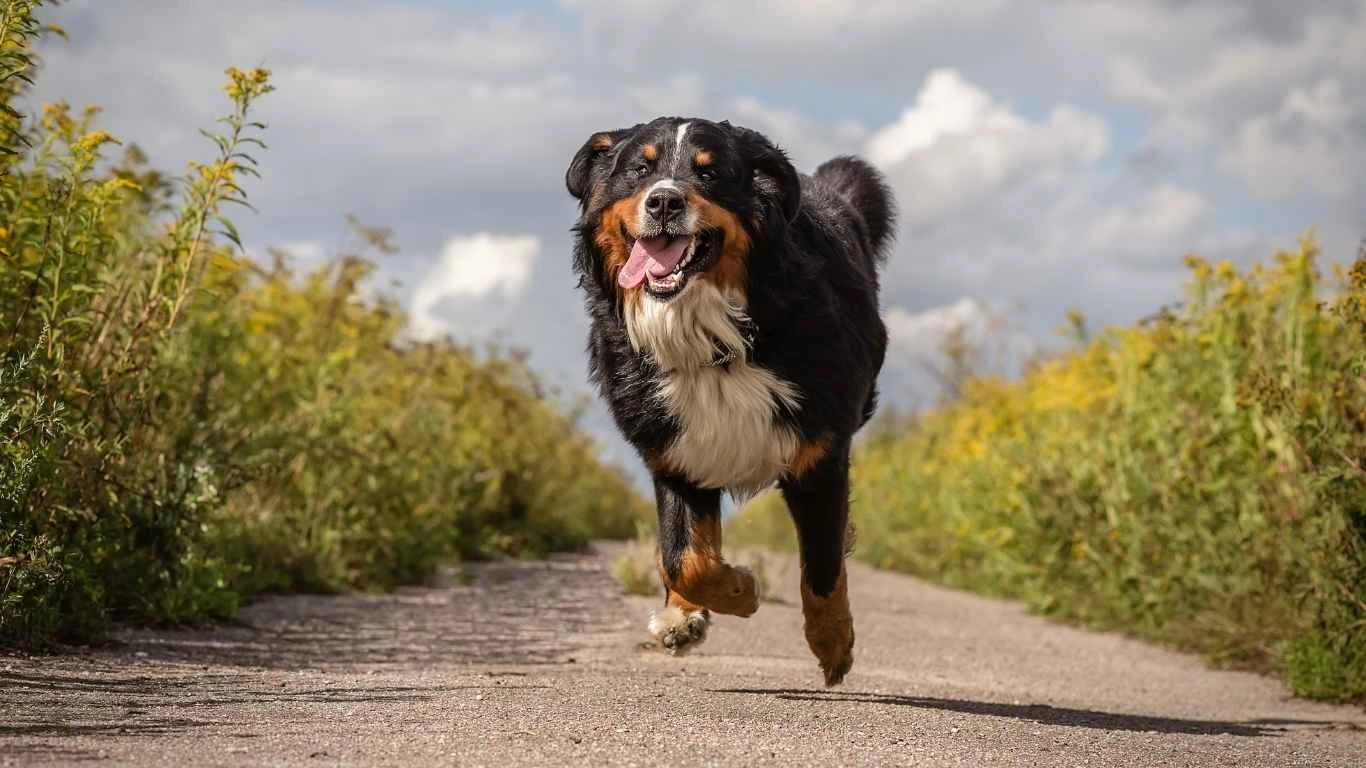
Now for the fun part: treats! Because let’s be real—our dogs live for snacks. The good news is, there are tons of vet-approved chews and natural options that help clean your dog’s teeth while they munch away. Here are a few I always keep stocked for both clinic dogs and my own pack at home:
- Raw Carrots: Super affordable, crunchy, and naturally scrubs plaque. Dogs love the texture, and they’re great for cooling down on hot days too.
- Dental Chews: VOHC-approved brands like Greenies or Virbac are worth the investment. I’ve watched dogs beg for them like they’re bacon.
- Dehydrated Sweet Potato Chews: Great texture, packed with fiber, and gentle on tummies.
- Raw Bones (Supervised): I always tell folks to talk to their vet first, but raw meaty bones (never cooked!) can be great for natural chewing and scraping.
I had a German Shepherd patient once—Rocky—who hated getting his teeth brushed. We tried everything, but he’d run and hide at the sight of the toothbrush. His owner finally tried daily dental chews along with switching him to a tartar-fighting food. Six months later, his next dental check showed barely any buildup. It was like night and day.
Common Mistakes Dog Owners Make With Dental Diets
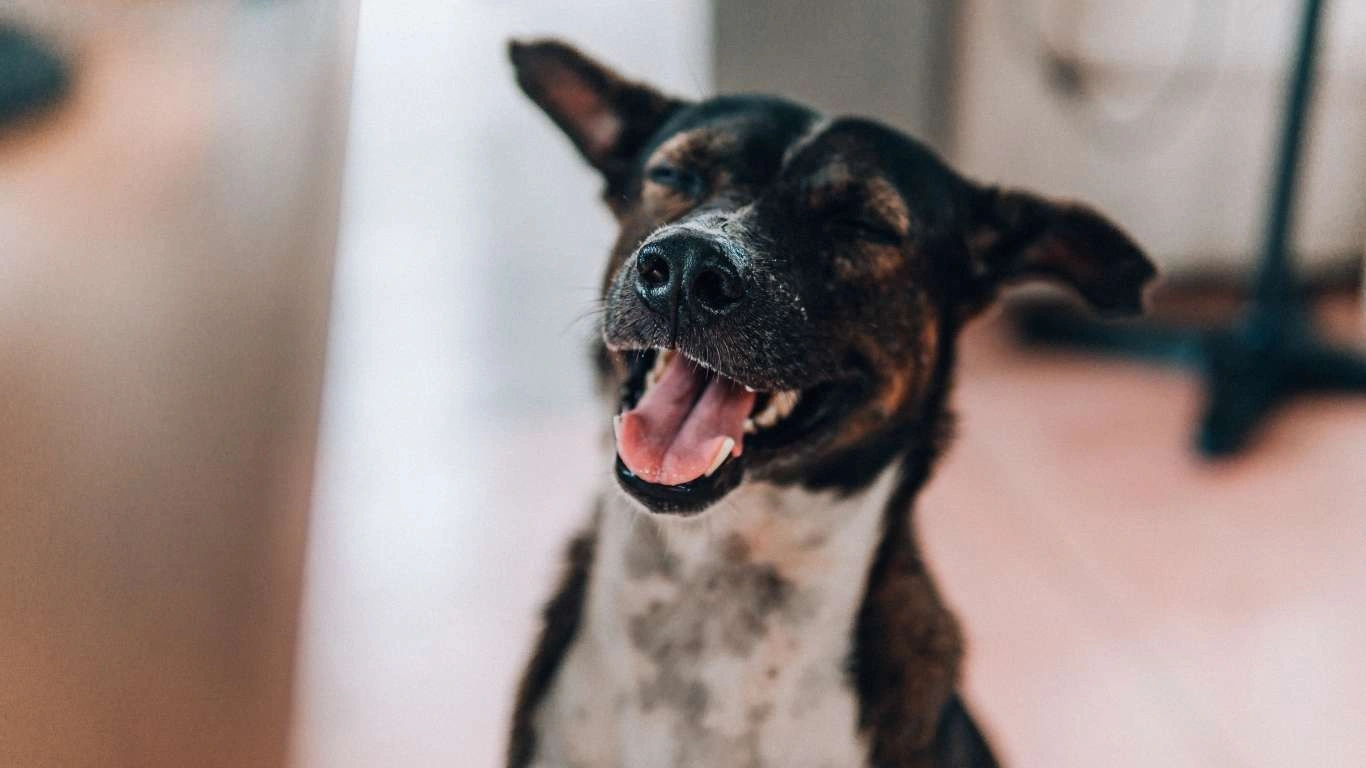
Even with the best intentions, it’s easy to slip up. Over the years, I’ve seen a few repeat mistakes when it comes to dental diets. If you’re reading this, you’re already ahead of the curve—but here are a few things to watch for:
1. Switching Too Fast
Some dogs have sensitive stomachs, and a sudden change in food—no matter how healthy—can lead to tummy troubles. Gradually mix in the new food over 7–10 days. Trust me, I’ve cleaned up my fair share of kennel messes when owners switched foods cold turkey.
2. Believing the Hype Without Reading Labels
Marketing can be slick. A bag might say “supports dental health” in big bold letters, but unless it backs that up with VOHC certification or proven ingredients, it might just be clever wording. Always flip that bag around and read the fine print. If you’re not sure what you’re looking at, snap a photo and ask your vet or local animal care specialist. (Yep, that’s where we come in!)
3. Ignoring Portion Sizes
This one’s sneaky. Some dental diets are more calorie-dense, and suddenly your dog’s putting on weight without you realizing it. I once had a lab who gained ten pounds in a few months because her owner didn’t realize the dental food was richer. Check those feeding guidelines and adjust accordingly.
At the end of the day, dental care doesn’t have to be complicated or expensive. With just a few smart changes—starting with choosing the best foods to prevent tartar buildup in dogs—you can keep your pup’s teeth clean and their smile sparkling. And honestly, there’s nothing better than a happy dog with fresh breath leaning in for a kiss.
Daily Routines That Support Dental Health—Beyond the Bowl
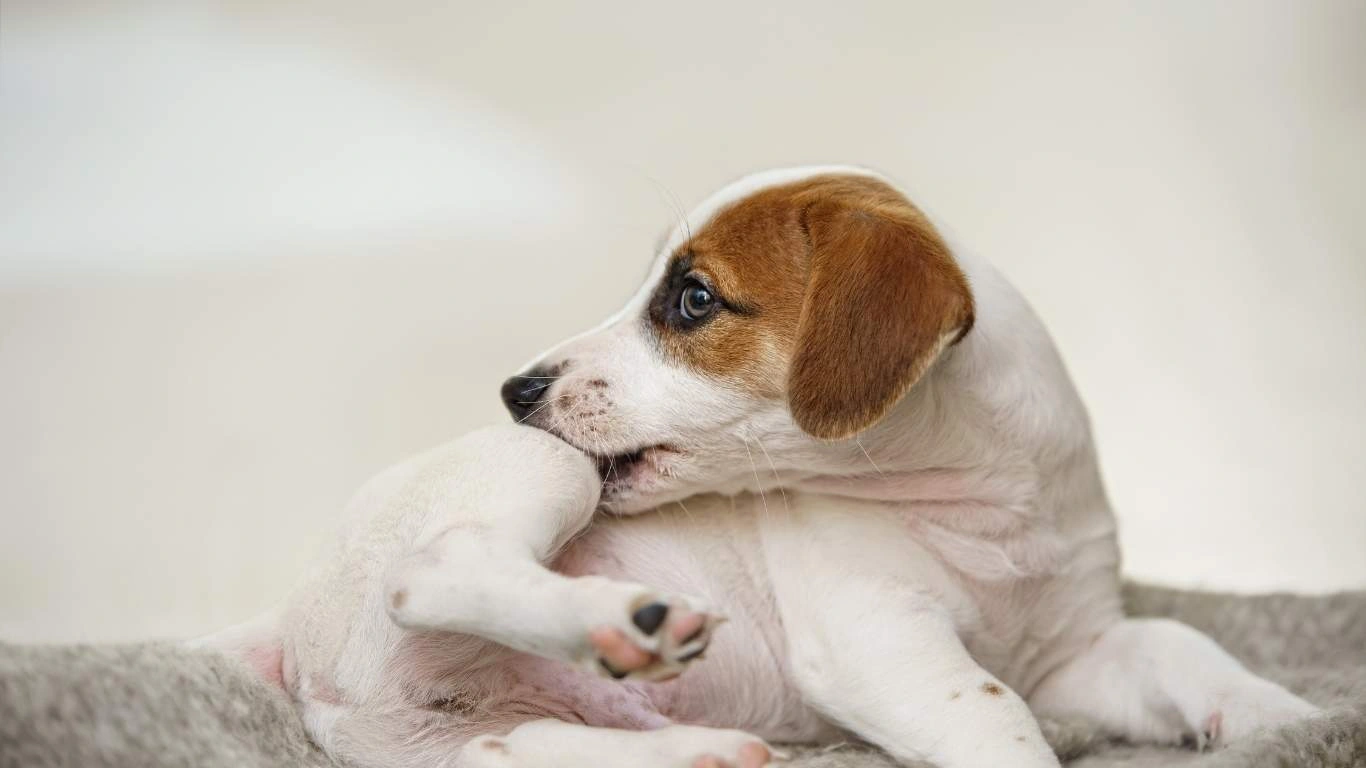
Okay, so we’ve covered the best foods to prevent tartar buildup in dogs, but here’s the thing: even the perfect diet needs a little backup. Just like we can’t rely solely on eating apples to avoid brushing our teeth, our pups need a combo of smart habits and preventive care to keep their mouths in good shape. As someone who’s helped hundreds of dogs at both shelters and clinics, I can tell you—consistency is everything.
1. Brush When You Can
Look, I get it. Not all dogs love having their mouths messed with. I’ve had dogs squirm like slippery noodles at the sight of a toothbrush. But if you can, try brushing your dog’s teeth at least a couple of times a week. Use a dog-safe toothpaste (never human toothpaste—seriously!) and a finger brush or soft-bristle brush. Even short sessions help more than you’d think.
2. Make Dental Checks a Habit
Set a reminder to check your dog’s mouth once a week. Gently lift the lips, look for redness, tartar buildup, or bad breath. Catching issues early means easier treatment. I once found a cracked tooth on a hound during a casual check—his owner had no clue, and the poor guy must’ve been silently hurting for weeks.
3. Rotate in Dental Toys
Chewing is your dog’s natural way of keeping teeth clean. Toys with rubber ridges or grooves work great. Kong toys, rope chews, or textured rubber bones all get the job done. Just avoid anything too hard, like antlers or cooked bones, which can fracture teeth.
When to See the Vet for a Professional Cleaning
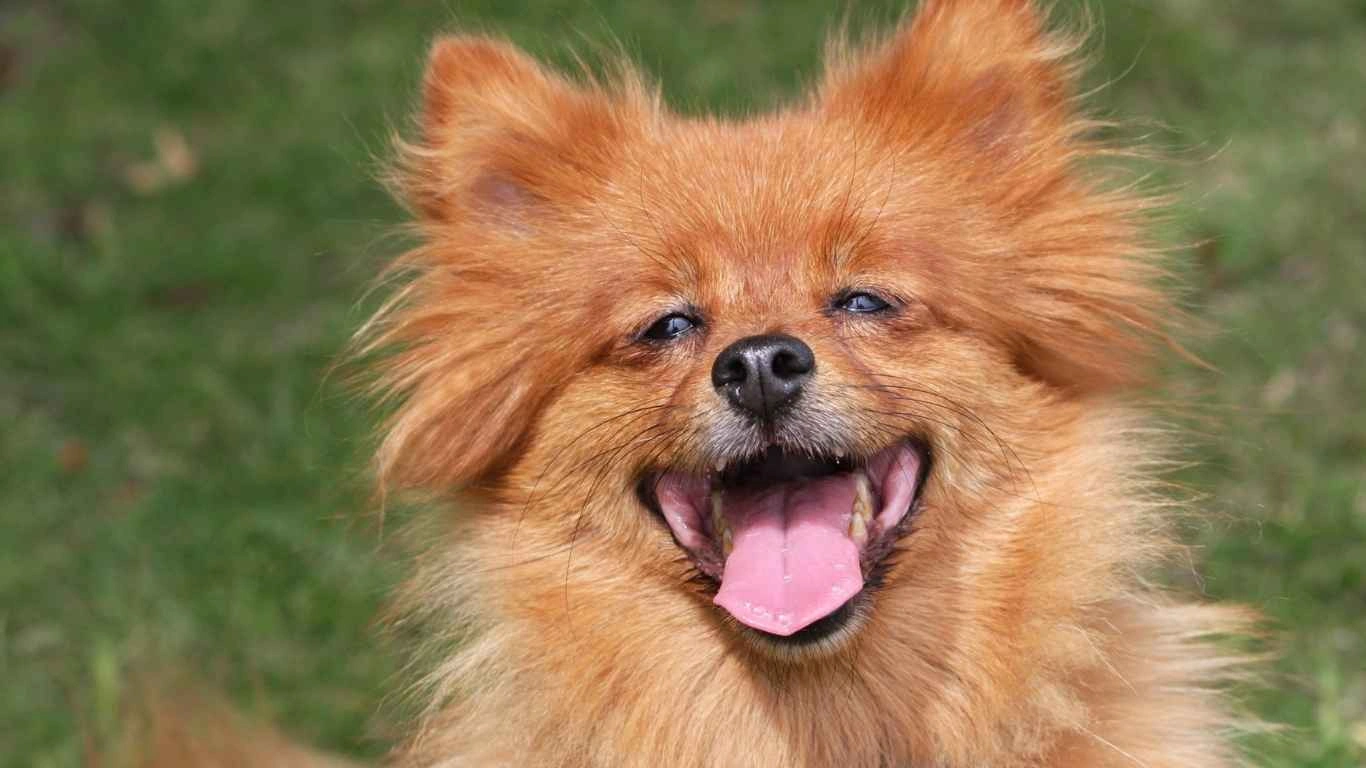
No matter how diligent you are with diet and chews, sometimes tartar wins. That’s where the pros step in. If you notice thick tartar (especially near the gums), foul breath, loose teeth, or your dog avoids chewing, it’s time to schedule a dental exam. I’ve been in the room for dozens of cleanings, and I’ve seen dogs practically transform after treatment—more energy, better appetite, and you can just tell they feel better.
What to Expect from a Dental Cleaning
Professional cleanings usually require anesthesia. That can be scary for some owners, but modern veterinary practices take safety seriously. The team will do pre-anesthetic bloodwork and monitor your pup the whole time. Once under, the vet will scale and polish the teeth, remove tartar under the gumline, and extract any damaged teeth if needed.
I remember a senior dachshund named Oscar who came in barely eating and looking miserable. His mouth was full of tartar, and several teeth were infected. After his dental surgery, he perked up like a puppy again—started eating, playing, and even barking at squirrels like his old self. It was one of those moments that really stuck with me.
Putting It All Together: A Practical Dental Care Plan
Let’s keep things real. Life gets busy, and not every day will be perfect. But even small, consistent changes make a huge difference over time. Here’s a super practical weekly routine you can follow:
- Daily: Feed dental-supportive food, rotate in dental toys, offer crunchy veggies or VOHC-approved chews.
- 2-3x per week: Brush your dog’s teeth (or use a dental wipe if that’s more doable).
- Weekly: Do a quick mouth check—lift the lips, sniff the breath, look for signs of redness or buildup.
- Every 6-12 months: Schedule a dental check-up with your vet, even if everything looks fine on the surface.
Honestly, your dog’s mouth says a lot about their overall health. And as someone who’s spent years caring for rescue dogs, I’ve learned that a healthy smile often means a happier, longer life. It’s one of those things that doesn’t get flashy headlines, but quietly makes a world of difference.
Helpful Resources & References
For anyone wanting to dive deeper into the science and expert guidelines behind dog dental health, here are some reliable sources I’ve leaned on over the years:
- https://www.avdc.org – American Veterinary Dental College
- https://www.vohc.org – Veterinary Oral Health Council
- https://www.avma.org – American Veterinary Medical Association
- https://www.aaha.org – American Animal Hospital Association
Always talk with your vet about your individual dog’s needs—every pup is unique. What works for one may not be ideal for another, especially if there are allergies, sensitivities, or existing dental issues.
Disclaimer:
This article is intended for informational purposes only and should not replace professional veterinary advice. Always consult your veterinarian before making changes to your dog’s diet or dental care routine.
